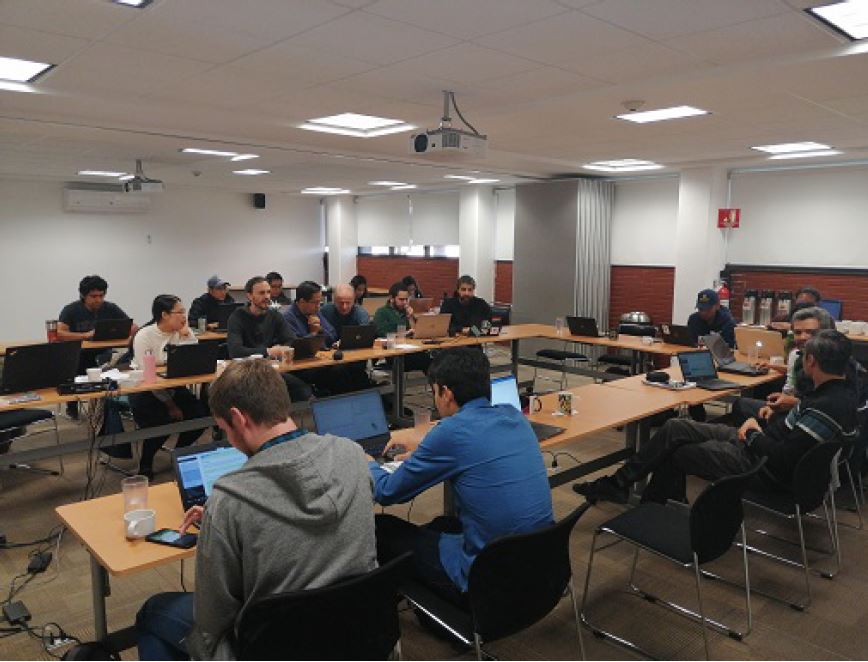Spatial prediction with R
R is an open source programing language and environment for statistical computing and graphics used by researchers and students all over the world. CIMMYT uses R for biometrics and statistics for GxE analysis and trainings. The programming language also has powerful capabilities for spatial analysis, automatizing image processing, machine learning and other modeling approaches as well as for working on large climate and other data sets used in CIMMYT’s research projects.
Hijmans has developed several of these tools within R. He is highly respected in the GIS world for several global data products like WorldClim—a monthly climate data set with over 16,000 citations since its release in 2005 — and the Database of Global Administrative Areas (GADM).
The training course’s first day was designed to give the participants an overview of tools, routines and procedures within R. On the second day, participants applied tools to specific data sets and research questions from their current projects. This covered areas like high throughput phenotyping in wheat, land use change detection in Mexico and Bolivia, climate data processing for analysis, and targeting and crop modeling in the foresight group.
Hijmans is currently collaborating with the TAMASA project in Africa. Organizers expect that further collaboration and data analysis will result as an additional benefit of the training.
All training materials, including the presentation and data files, are available here for self-learning by CGIAR researchers and partners.
December 18, 2019
Jawoo Koo





